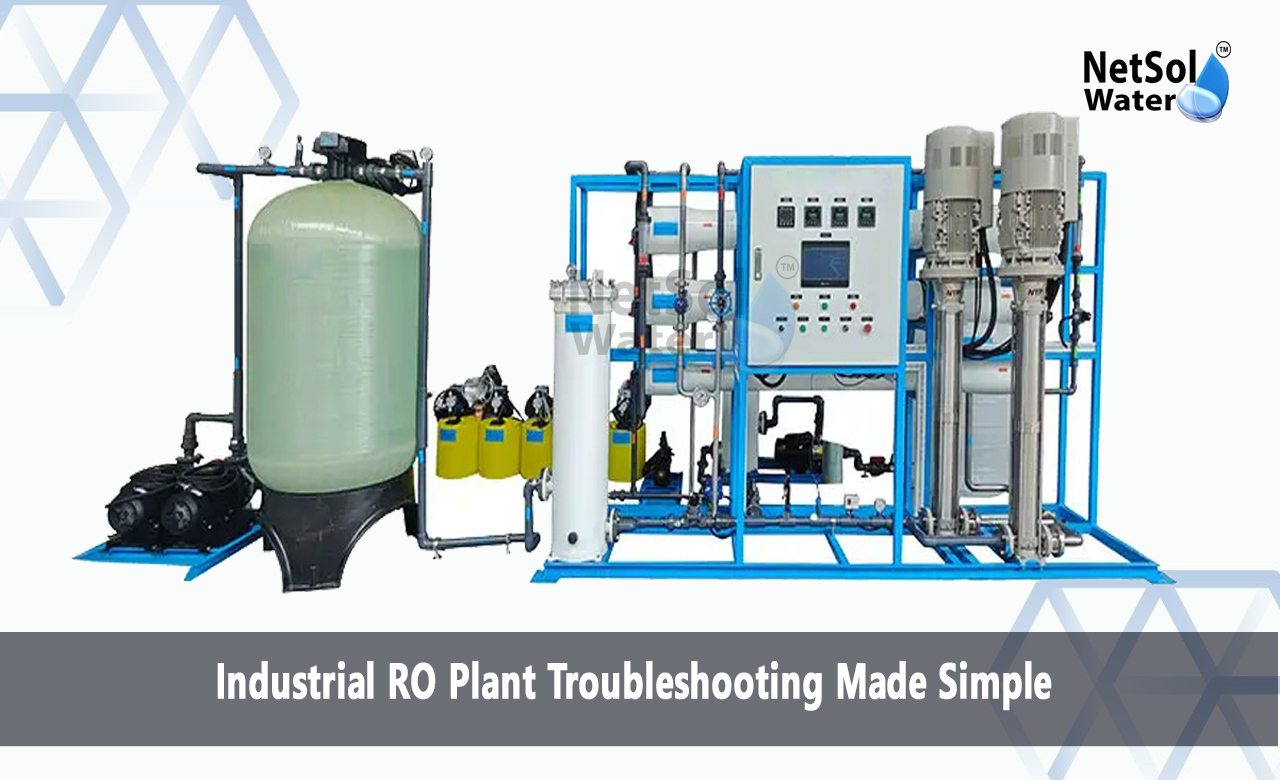Troubleshooting Guide for Industrial RO Plant
Industrial RO plants serve as the cornerstone of water purification in manufacturing facilities worldwide. These advanced systems transform raw water into purified water for countless industrial applications. The ability to identify and fix problems quickly keeps production running smoothly prevents costly downtimes and maintains product quality. Plant operators and maintenance teams face daily challenges in keeping these systems operating at their best.
Effective troubleshooting makes the difference between minor glitches and major operational disruptions. Understanding common issues, their causes and solutions empowers maintenance teams to act decisively. Quick problem resolution maintains production schedules preserves equipment health and controls operational costs. This section walks you through practical approaches to troubleshooting industrial RO plants. The information helps maintenance teams develop systematic problem-solving methods. These methods lead to faster resolution times and improved system performance.
System Performance Indicators
The first step in successful troubleshooting starts with understanding normal system operation. Performance indicators tell the story of system health and point to potential problems. These measurements guide maintenance teams toward effective solutions.
Pressure Measurements: Pressure readings across the RO system reveal much about its operation. Feed pressure permeate pressure and differential pressure indicate membrane condition. Changes in these measurements point to specific problems within the system. Regular monitoring of pressure readings helps identify developing issues before they become serious.
Flow Rate Analysis: Flow rates throughout the RO system provide essential diagnostic information. Changes in permeate flow concentrate flow or recovery rates signal system problems. These measurements help pinpoint issues in specific system components. Understanding flow relationships helps maintenance teams target their troubleshooting efforts.
Water Quality Parameters: Water quality measurements before and after treatment indicate system effectiveness. Conductivity readings, total dissolved solids and pH levels guide diagnostic efforts. These parameters help identify membrane problems, pre-treatment issues or post-treatment concerns. Regular testing maintains product water quality and system efficiency.
Common Problems and Their Solutions
Industrial RO plants experience several typical problems that affect their performance. Understanding these issues helps maintenance teams respond effectively. This knowledge speeds up the troubleshooting process and improves resolution success.
Membrane Fouling: Membrane fouling stands as one of the most common RO system problems. Mineral scale biological growth and particle accumulation reduce membrane efficiency. Signs of fouling include decreased permeate flow, increased differential pressure and reduced rejection rates. Proper diagnosis leads to effective cleaning procedures or membrane replacement when needed.
Pre-treatment System Issues: Pre-treatment problems often cascade into RO system performance issues. Cartridge filter fouling, improper chemical dosing and equipment malfunctions affect system operation. These issues require systematic investigation and correction. Proper pre-treatment maintenance prevents many downstream RO system problems.
Pump and Motor Complications: Pump problems create immediate impacts on RO system performance. Unusual noises, vibration or reduced pressure indicate pump issues. These problems might stem from worn component misalignment or lubrication needs. Quick identification and correction prevents system damage and extended downtime.
Advanced Diagnostic Techniques
Modern troubleshooting employs advanced techniques to identify and resolve complex problems. These methods help maintenance teams work more efficiently and effectively. The right diagnostic approach saves time and resources while improving resolution accuracy.
Data Trending Analysis: Historical performance data reveals patterns that help identify problem sources. Trend analysis shows gradual changes that might otherwise go unnoticed. This information helps predict developing problems and plan maintenance activities. Long-term data collection supports better decision-making about system maintenance.
Water Analysis Methods: Detailed water analysis provides insights into system problems. Feed water permeate and concentrate testing guide troubleshooting efforts. These tests identify scaling potential fouling risks and treatment effectiveness. Regular water analysis prevents problems and validates system performance.
Membrane Autopsy Services: Membrane autopsies offer detailed information about membrane condition and fouling types. This analysis identifies specific foulants determines cleaning effectiveness and guides future prevention. The results help maintenance teams adjust operating parameters and cleaning procedures. This knowledge prevents similar problems in the future.
Transform Your Industrial RO Plant Troubleshooting Today
Your industrial RO plant demands expert troubleshooting knowledge for optimal performance. Our team brings extensive experience in diagnosing and solving complex RO system problems. We help you develop effective troubleshooting procedures tailored to your system. Contact us to discuss your industrial RO plant challenges and discover how our troubleshooting expertise can improve your operations. Let us help you maintain consistent water quality and system reliability through expert problem-solving support.
Contact Netsol Water at:
Phone: +91-965-060-8473, Email: enquiry@netsolwater.com



